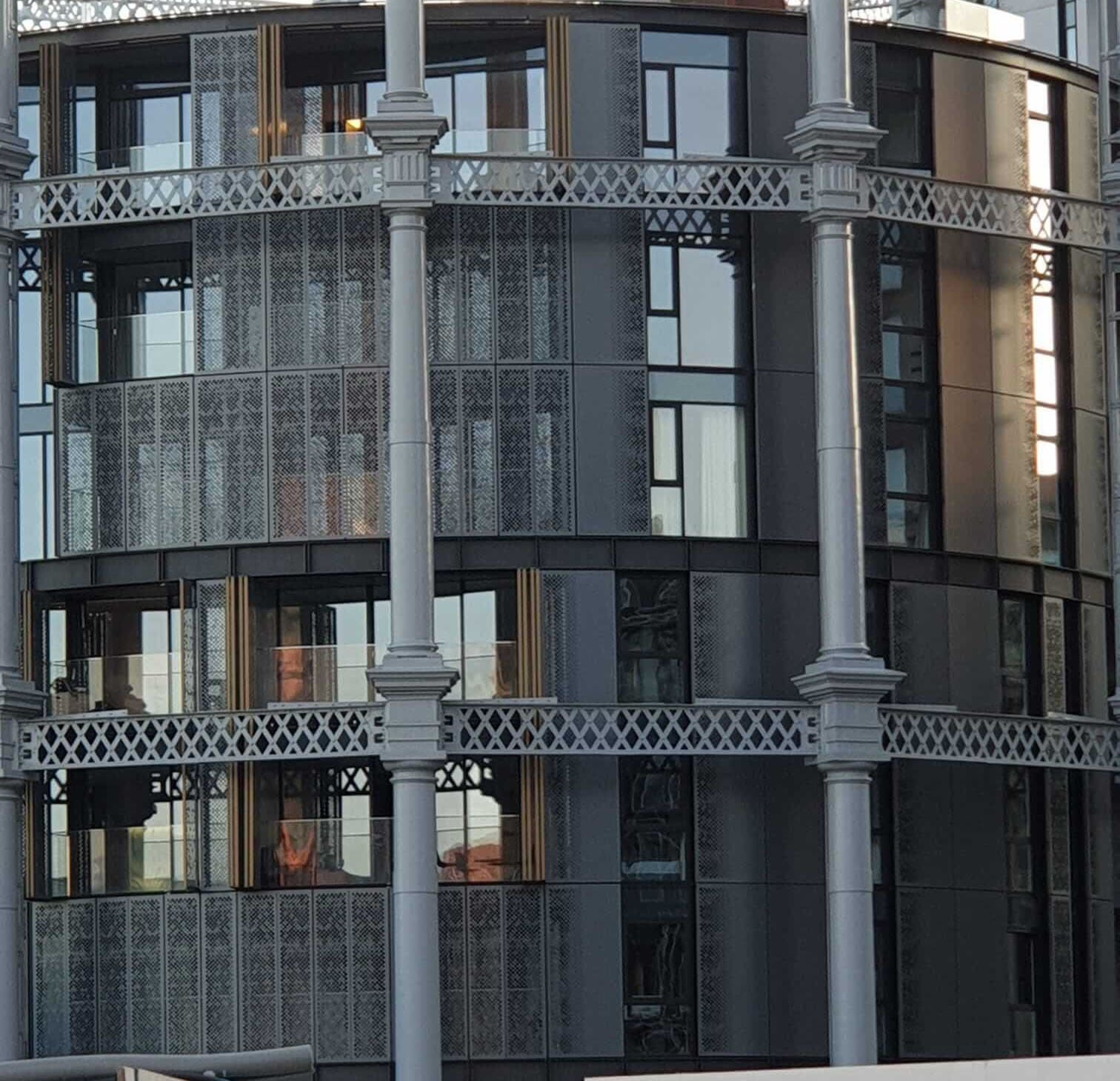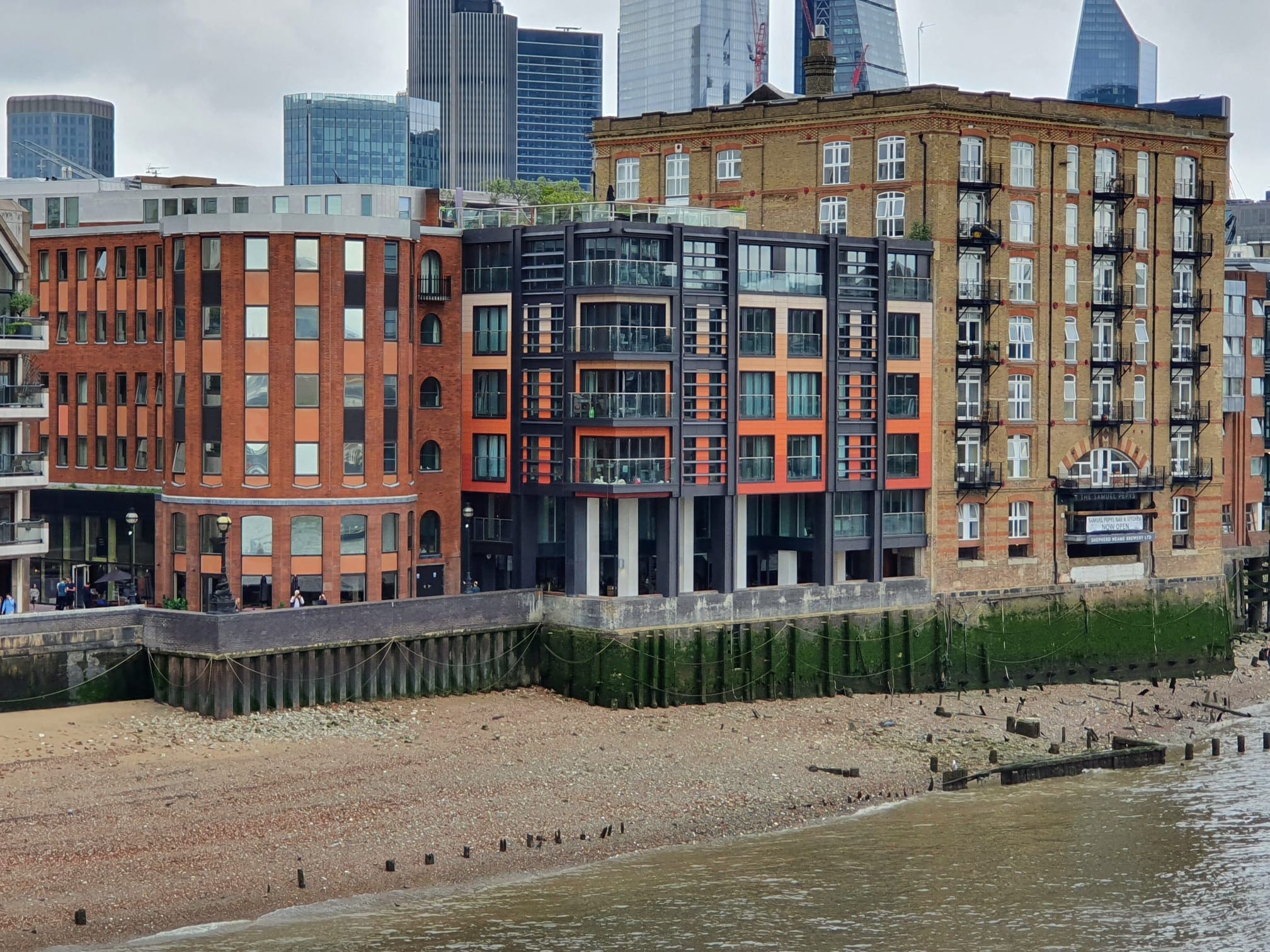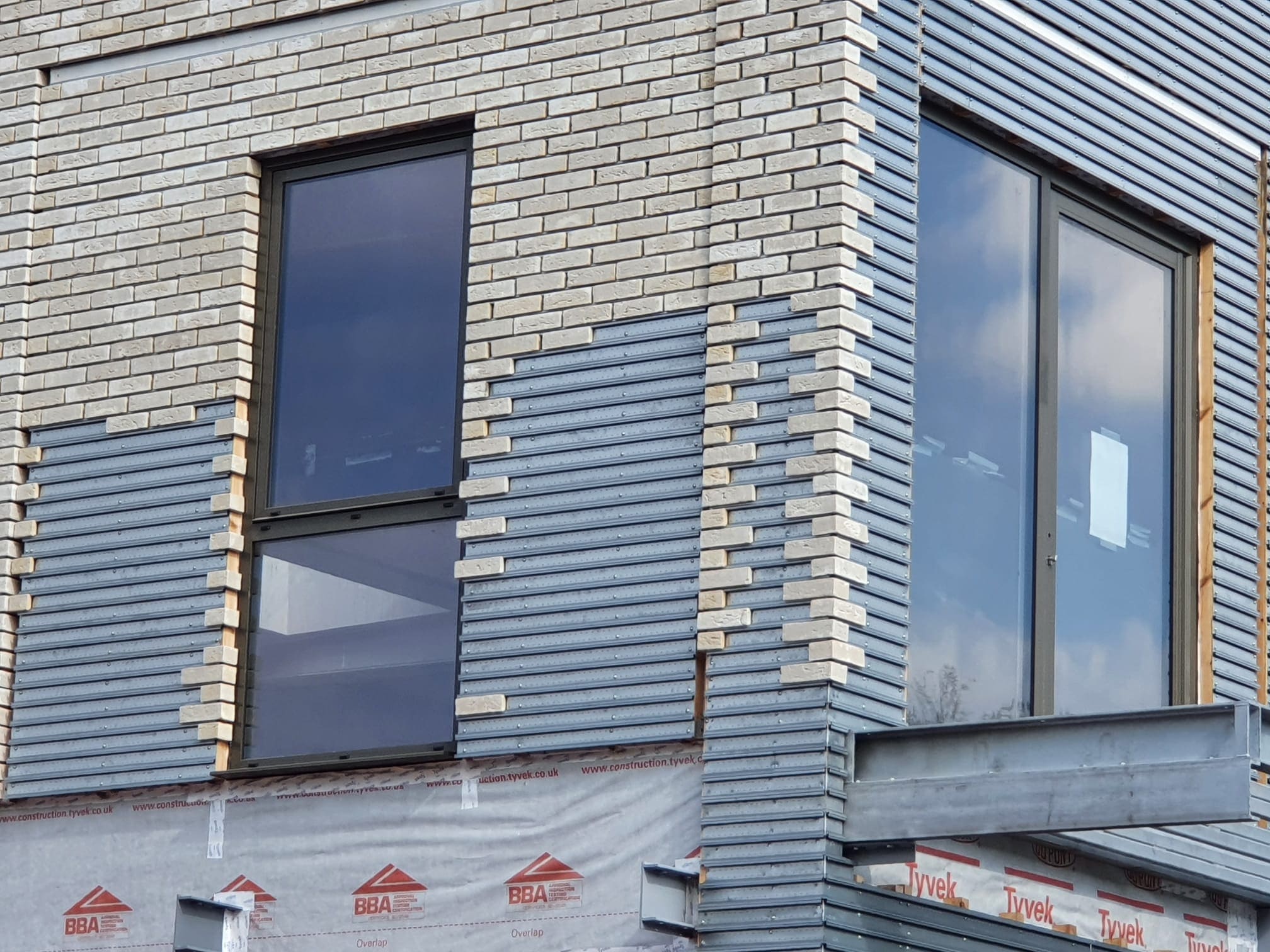 157
157
 0
0
More than half of UK rentals set to fail new EPC target
A recent study reveals some disturbing facts. It states that the landlords are looking at the prospects of spending an estimated 30 billion to bring their homes up to the Energy Performance standard recommended by the UK government.
All rental properties are required by law to possess an energy performance certificate rating of C or above to meet the EPC requirement. Currently, there is a minimum Energy Performance Certificate (EPC) requirement of E for properties in England and Wales. There were proposals to raise this minimum standard to EPC C by 2028. However, it appears that this timeline may be delayed, given the recent developments.
So, how many rental homes are there in the UK and how many need energy efficiency improvements to get to EPC grade C?
According to the study by Savills, more than half of the 5.7 million homes in the private rental sector would need significant upgrades to meet the new regulations whenever they come into effect. This presents a daunting challenge for landlords, especially when many owners struggle to cover their costs due to rising interest rates and lack of mortgage interest tax relief for residential rental investment properties held outside a company.
Emphasising the gravity of the situation, the study states that if implementing these changes is postponed, it would alleviate some immediate financial pressure on landlords, allowing them more time to plan and execute the necessary upgrades effectively. However, the ongoing mortgage costs and the potential end of assured shorthold tenancies could still lead to some buy-to-let investors weighing their positions again and quitting the rental market, potentially further reducing supply and contributing to continued upward pressure on rents.
Recent data shows that 51 percent of the 728,138 EPC certificates issued for homes in the private rental sector during 2021-2022 remained below the EPC level C. This indicates some progress compared to 2016-2017, when 73 percent of private rental housing stock fell below EPC level C. Given EPCs only require renewal every 10 years, these figures are misleading. And, the report does not really make clear whether percentages are improving due to newly build stock being added to the market, given most newly built homes can now reach EPC grade B, older properties being withdrawn from the market, or low EPC rated properties being upgraded.
How many properties in the UK need energy efficiency improvements to meet EPC grade C?
Statistics from the UK EPC Register suggest 364,069 properties require improvements to meet the higher EPC standard.
The EPC rating reflects a property's energy efficiency and environmental impact. Higher-rated properties are more energy-efficient and cost-effective, reducing greenhouse gas emissions. The push to raise the minimum EPC requirement is part of broader efforts to tackle climate change, reduce carbon emissions, and improve energy efficiency in the housing sector. While the delay in implementing the new regulations may give landlords some breathing room, it also underscores the importance of addressing the energy efficiency of rental properties.
As the rental market continues to develop, landlords and tenants should be encouraged to invest in energy-efficient upgrades, leading to more sustainable housing options and potentially lowering long-term operating costs for property owners. Government incentives and support programs must also be initiated. They could play a vital role in facilitating these necessary improvements and ensuring a greener future for the rental housing sector.
How does when a property was built impact on EPC energy efficiency improvements required?
Around 71 per cent of homes constructed before 1950 were rated below EPC C in 2021-22. In contrast, only 12 per cent of properties in the private rented sector built after 1995 require improvements to reach the desired EPC C standard. The estimated cost of fully upgrading properties to achieve a maximum EPC C rating varies based on their current EPC rating.
What is the estimated average cost of energy efficiency improvements to meet EPC grade C?
For properties rated EPC D, the average cost of upgrading is estimated to be approximately 8,807, while for those rated EPC G, the cost can be extremely high and is reported to be on average 27,366. And the cost is disproportionately affecting landlords outside London where rents are significantly lower. In theory three, four or five years rent could be lost.
Funding these upgrade works is a challenge for landlords. While some low-cost solutions, such as installing low-energy lighting and heating thermostats, have been widely adopted, more expensive measures like solar PV and heating, solid wall and solid floor insulation pose major barriers to further improvement in many cases.
How many pre-war residential Victorian and Edwardian properties are estimated to require energy efficiency upgrades to meet an EPC grade C rating?
The situation is particularly concerning for Victorian and Edwardian pre-war homes in the private rental sector, as pretty much all of these require upgrades to meet the EPC C standard. It is estimated that around 1.8 million such properties need improvement, necessitating an approximately 22.5 billion investment. The proposed cost cap may alleviate the actual financial burden on landlords.





Meet our Expert Property Commentators



























